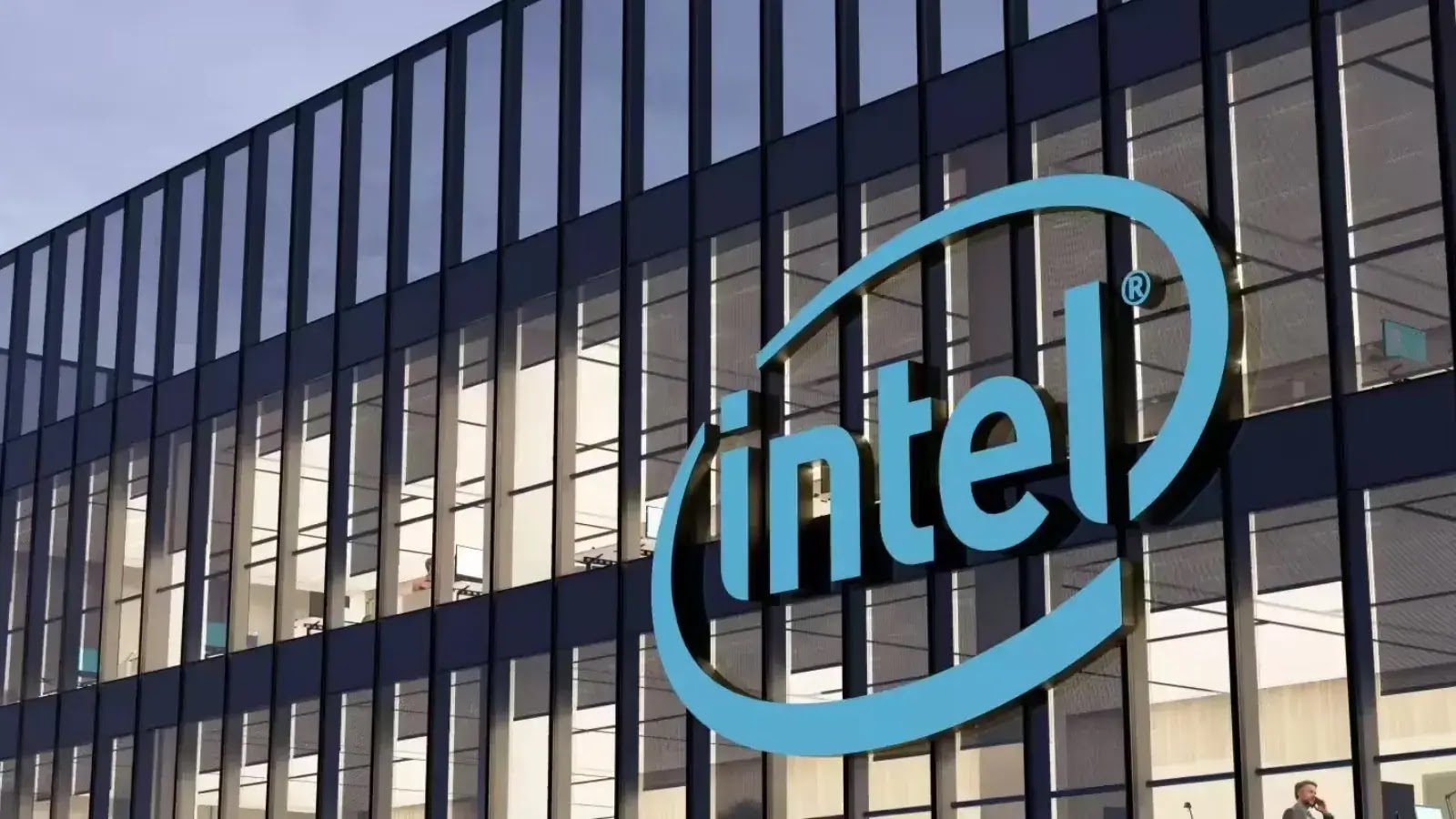
Fired Intel Engineer Stolen 18,000 Files, Many of which Were Classified as “Top Secret”
The Insider Threat: When Trust Turns to Treachery at Intel
The recent federal lawsuit filed by Intel against Jinfeng Luo, a former software developer, casts a stark spotlight on one of cybersecurity’s most insidious challenges: the insider threat. Luo, who was terminated from Intel, is accused of surreptitiously downloading an astounding 18,000 files, many of which were classified as “top secret,” shortly after his termination. This alarming incident underscores the critical need for robust corporate data security measures and proactive strategies to identify and mitigate risks posed by trusted employees. The implications of such a breach extend far beyond financial losses, potentially compromising intellectual property, competitive advantage, and national security.
Anatomy of a Data Breach: The Intel Case
Jinfeng Luo, an Intel employee since 2014, was notified of his pending termination while based in Seattle. According to court documents, instead of a clean exit, Luo allegedly engaged in a systematic exfiltration of highly sensitive data. The sheer volume and classified nature of the stolen files highlight a significant vulnerability in Intel’s internal security protocols. This incident is a harsh reminder that even the most advanced security perimeters can be bypassed by someone with authorized access and malicious intent. The alleged theft could have far-reaching consequences for Intel, given its pivotal role in the technology sector and its extensive defense contracts.
The Pervasive Threat of Disgruntled Employees
The case of Jinfeng Luo illustrates a classic scenario: a disgruntled or departing employee posing a significant risk to an organization’s intellectual property and confidential information. Such individuals, possessing intimate knowledge of internal systems and data classification, can exploit vulnerabilities that external attackers might never discover. The motivation behind such actions can vary from financial gain and revenge to ideological reasons. Organizations must recognize that the “human element” remains a primary vector for data breaches, necessitating a multi-layered approach to security that goes beyond traditional perimeter defenses.
Proactive Remediation Actions for Insider Threat Mitigation
Preventing incidents like the one at Intel requires a comprehensive and proactive strategy. Organizations must integrate technical controls with robust human resource policies and continuous monitoring to detect and deter insider threats effectively.
- Implement Strict Access Controls: Employ the principle of least privilege, ensuring employees only have access to the data absolutely necessary for their role. Regularly review and revoke access promptly upon termination or role changes.
- Monitor User Activity: Utilize User and Entity Behavior Analytics (UEBA) tools to establish baseline behaviors and detect anomalous activities, such as unusual download volumes, access patterns, or access to sensitive data outside of normal working hours.
- Data Loss Prevention (DLP) Solutions: Deploy and configure DLP tools to identify, monitor, and protect sensitive data across networks, endpoints, and cloud storage. DLP can prevent the unauthorized transfer of classified information.
- Endpoint Security and Device Control: Restrict the use of unauthorized external storage devices (USB drives, personal cloud storage) and monitor file transfers to personal accounts.
- Exit Procedures and Data Minimization: Establish clear, rigorous exit procedures that include immediate revocation of all system access and a review of user activity records prior to and during the offboarding process. Minimize the amount of sensitive data employees can access or store locally.
- Employee Training and Awareness: Educate employees about data security policies, the value of corporate intellectual property, and the legal ramifications of data theft. Foster a culture of security awareness.
- Develop an Insider Threat Program: Create a dedicated program with cross-functional teams (HR, Legal, IT) to identify, assess, and respond to potential insider threats. This includes psychological profiling where appropriate and legal frameworks for prosecution.
The Broader Implications for Corporate Data Security
The Intel incident serves as a stark reminder that no organization, regardless of its size or sophistication, is immune to insider threats. The financial, reputational, and legal consequences of such breaches can be devastating. Beyond the immediate impact on Intel, this case highlights the broader imperative for all companies to re-evaluate their data security postures, especially concerning sensitive intellectual property and classified information. Investing in advanced security technologies, coupled with human-centric security strategies, is no longer optional but a fundamental requirement for business continuity and resilience in an increasingly complex threat landscape.
Conclusion: Fortifying Defenses Against Internal Risks
The alleged theft of 18,000 files, many classified as “top secret,” by a departing Intel engineer underscores the critical and often understated danger of insider threats. This event reinforces the need for dynamic and adaptive security frameworks that extend beyond external perimeter defenses. Organizations must prioritize robust access controls, continuous behavioral monitoring, comprehensive data loss prevention strategies, and a strong security-aware culture. By proactively addressing the human element and integrating advanced technological solutions, companies can significantly fortify their defenses against those who seek to exploit trust for malicious gain, safeguarding their most valuable assets in the process.





